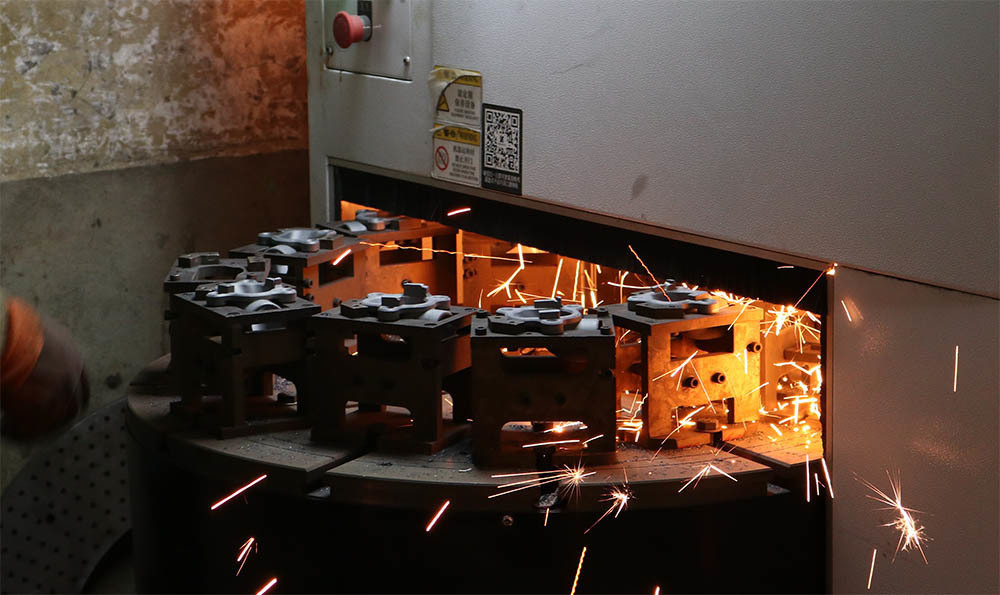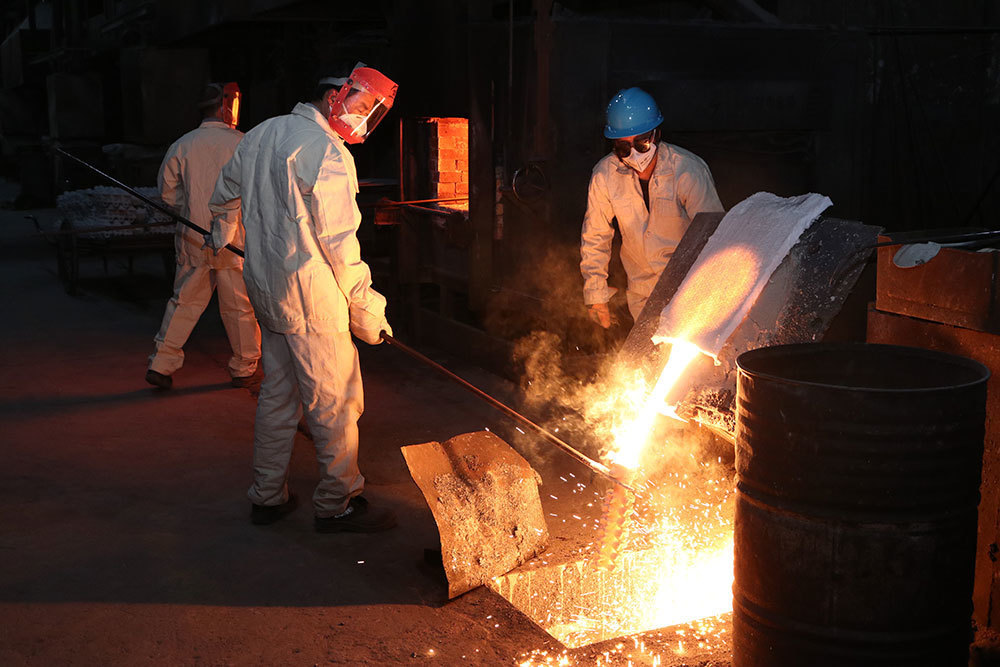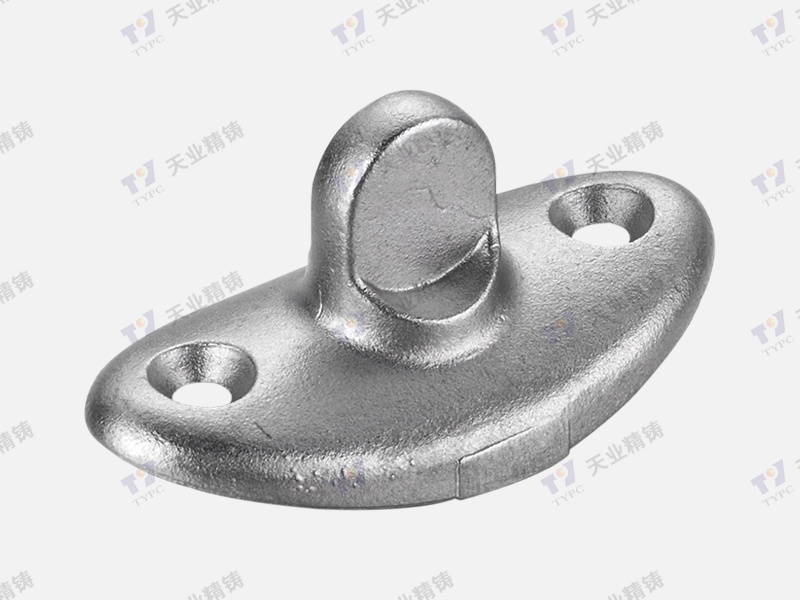2025-06-10
Mastering the Craft: Precision Investment Casting Explained
Mastering the Craft: Precision Investment Casting Explained
Table of Contents
- What is Precision Investment Casting?
- Historical Context of Investment Casting
- How Precision Investment Casting Works
- The Advantages of Precision Investment Casting
- Applications in Various Industries
- Materials Used in Precision Investment Casting
- Quality Control in Investment Casting
- The Future of Precision Investment Casting
- Frequently Asked Questions
What is Precision Investment Casting?
Precision investment casting, often referred to as lost-wax casting, is a sophisticated manufacturing process that allows for the creation of complex metal components with high precision and a superior surface finish. The process begins with creating a wax model of the desired part, which is then coated with a ceramic shell. Once the shell hardens, the wax is melted away, leaving a cavity that is subsequently filled with molten metal. This method is particularly favored for its ability to produce intricate shapes and tight tolerances that would be challenging or impossible to achieve through traditional casting methods.
Historical Context of Investment Casting
Investment casting has a rich history that dates back thousands of years. The ancient Egyptians used a form of this process to create intricate jewelry, while the Chinese utilized it for producing bronze sculptures. The modern iteration, known as precision investment casting, emerged in the early 20th century, primarily during World War I, when there was an urgent need for high-quality, complex parts for military equipment. Since then, the process has evolved significantly, incorporating advanced technology and materials, making it a staple in contemporary manufacturing.
How Precision Investment Casting Works
The precision investment casting process can be broken down into several key steps:
1. Wax Pattern Creation
In this initial stage, a wax pattern is created, often using injection molding. The pattern mirrors the exact dimensions and intricacies of the final product.
2. Shell Building
The wax pattern is coated with a high-heat-resistant ceramic material, forming a shell. This layer is built up through several applications, ensuring optimal strength and durability.
3. Wax Removal
Once the shell has cured and hardened, the wax is melted away through heating. This process leaves behind a hollow shell, ready for metal casting.
4. Metal Pouring
Molten metal is poured into the shell cavity, filling the void left by the wax. This step requires precise temperature control to ensure optimal material properties.
5. Shell Removal and Finishing
After the metal has cooled and solidified, the ceramic shell is broken away, revealing the cast part. Further finishing processes, such as machining, may be employed to achieve the desired specifications.
The Advantages of Precision Investment Casting
Precision investment casting offers a multitude of benefits that make it an attractive option for manufacturers:
1. High Precision and Accuracy
The ability to create complex shapes with tight tolerances is one of the standout features of precision investment casting. This capability allows for less post-processing, reducing overall production time and costs.
2. Excellent Surface Finish
Parts produced through this method often require minimal finishing. The smooth surface finish achieved during the casting process enhances product aesthetics and performance.
3. Material Versatility
Precision investment casting can be used with a variety of metals, including aluminum, steel, brass, and even exotic alloys. This versatility makes it suitable for a wide range of applications.
4. Reduced Waste
The process is highly efficient, minimizing material waste compared to traditional machining methods. This efficiency not only reduces costs but also contributes to environmentally friendly manufacturing practices.
5. Scalability
Investment casting is ideal for both small and large production runs. Whether producing a single prototype or thousands of identical parts, this process can be easily scaled to meet demand.
Applications in Various Industries
The application of precision investment casting spans across numerous industries, reflecting its versatility and effectiveness:
Aerospace
In the aerospace sector, components need to meet stringent safety and performance standards. Precision investment casting is used to create parts like turbine blades and structural components, ensuring reliability and efficiency.
Automotive
The automotive industry benefits from precision investment casting in the production of engine components, transmission housings, and other critical parts that require high strength and precision.
Medical Devices
The medical field relies on precision investment casting for manufacturing surgical instruments and implants. The high level of detail and biocompatibility of certain metals makes this process ideal for medical applications.
Oil and Gas
In the oil and gas sector, precision investment casting is utilized for valves, pumps, and fittings, which must withstand extreme conditions and pressures.
Consumer Goods
From cookware to decorative items, precision investment casting allows manufacturers to produce aesthetically pleasing and functional consumer products that meet high-quality standards.
Materials Used in Precision Investment Casting
The choice of materials is critical in precision investment casting and directly influences the final product's performance. Common materials include:
1. Stainless Steel
Known for its corrosion resistance and strength, stainless steel is widely used in various industries, particularly in medical and food applications.
2. Nickel Alloys
Nickel-based alloys are often used in high-temperature applications, such as aerospace, due to their excellent mechanical properties and resistance to oxidation.
3. Aluminum Alloys
Lightweight and malleable, aluminum alloys are popular in automotive and consumer goods applications. Their thermal and electrical conductivity is also a significant advantage.
4. Titanium Alloys
Titanium is favored in specialized applications due to its exceptional strength-to-weight ratio and corrosion resistance, making it ideal for aerospace and medical uses.
Quality Control in Investment Casting
Maintaining high-quality standards is essential in precision investment casting. Several techniques are employed to ensure product reliability:
1. Non-Destructive Testing (NDT)
Methods such as ultrasonic testing and radiographic inspection are utilized to detect subsurface defects without damaging the part.
2. Dimensional Inspection
Optical and laser measurement techniques ensure that the cast components meet the precise dimensions required for their intended applications.
3. Material Testing
Chemical analysis and mechanical testing are conducted to verify the material properties, ensuring that they meet the specified standards.
4. Process Monitoring
Continuous monitoring of the casting process helps identify any deviations from established parameters, allowing for immediate corrective actions.
The Future of Precision Investment Casting
The future of precision investment casting looks promising, driven by technological advancements and increasing demand for high-quality components. Key trends include:
1. Automation and Robotics
The integration of automation in the casting process is streamlining operations, enhancing precision, and reducing labor costs.
2. Advanced Materials
Research into new alloys and composites is expanding the possibilities of precision investment casting, allowing for improved performance characteristics.
3. Sustainable Practices
As industries prioritize sustainability, investment casting is evolving to incorporate environmentally friendly practices, such as recycling materials and reducing energy consumption.
4. Additive Manufacturing
The convergence of investment casting with additive manufacturing (3D printing) is paving the way for innovative designs and reduced production times.
Frequently Asked Questions
1. What are the main benefits of precision investment casting?
Precision investment casting offers high accuracy, excellent surface finish, material versatility, reduced waste, and scalability for various production runs.
2. How does the investment casting process compare to traditional casting methods?
Investment casting provides tighter tolerances, better surface finishes, and the ability to produce complex geometries compared to traditional methods.
3. What industries utilize precision investment casting?
Industries such as aerospace, automotive, medical, oil and gas, and consumer goods commonly use precision investment casting for its efficiency and precision.
4. Can investment casting be used for both small and large production runs?
Yes, investment casting is suitable for both small prototypes and large-scale production, making it a versatile manufacturing option.
5. What materials are most commonly used in precision investment casting?
Common materials include stainless steel, nickel alloys, aluminum alloys, and titanium alloys, chosen based on the specific application requirements.
Conclusion
Precision investment casting represents a remarkable intersection of art and engineering, transforming ideas into tangible products with unmatched accuracy and quality. As industries continue to evolve, the role of precision investment casting becomes increasingly vital, offering solutions that meet the demands of modern manufacturing. By understanding the intricacies of this process, its advantages, and its applications, one can appreciate the significance of mastering the craft of precision investment casting in today's competitive landscape.









